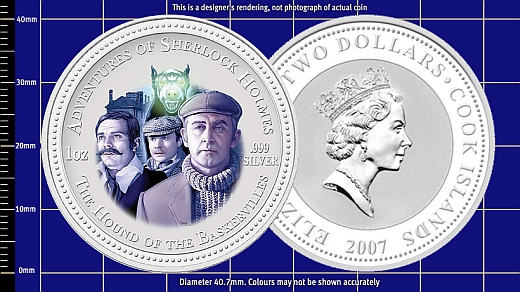
The Tony Clayton’s website contains a very useful list of metals used in coins and medals. In particular, I have learned that niobium is used as coinage metal. In 2003, Münze Österreich pioneered the use of niobium for coin manufacturing, issuing a bimetallic €25 coin. According to this review,
The colouring <of the niobium insert> is made by a so called anodic oxidation of the material. With this treatment, by electrochemical processing a very thin niobium oxide layer is formed under controlled conditions. By refraction of light in the oxide layer so called interference colours are created which gives the colouring of the niobium. Depending on the processing parameters, the thickness of the oxide layer can be very well controlled, and gives the niobium its noble appearance. Depending on the thickness of the layer different colours are producible.For instance, Latvian bimetallic Coin of Time (struck by Münze Österreich) consists of beautiful blue niobium centre enclosed in an outer silver ring. The obverse of the coin features the heraldic rose and the tiny Gothic script letters ℌ and ℜ standing for Heinrich Rose (1795—1864), discoverer of niobium.
 |  |






No comments:
Post a Comment